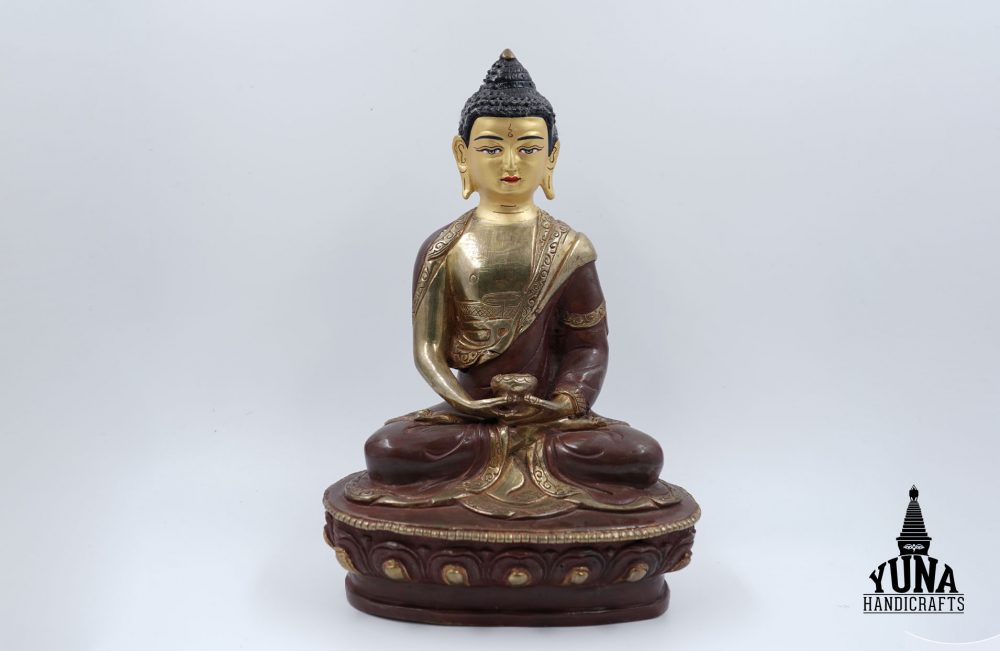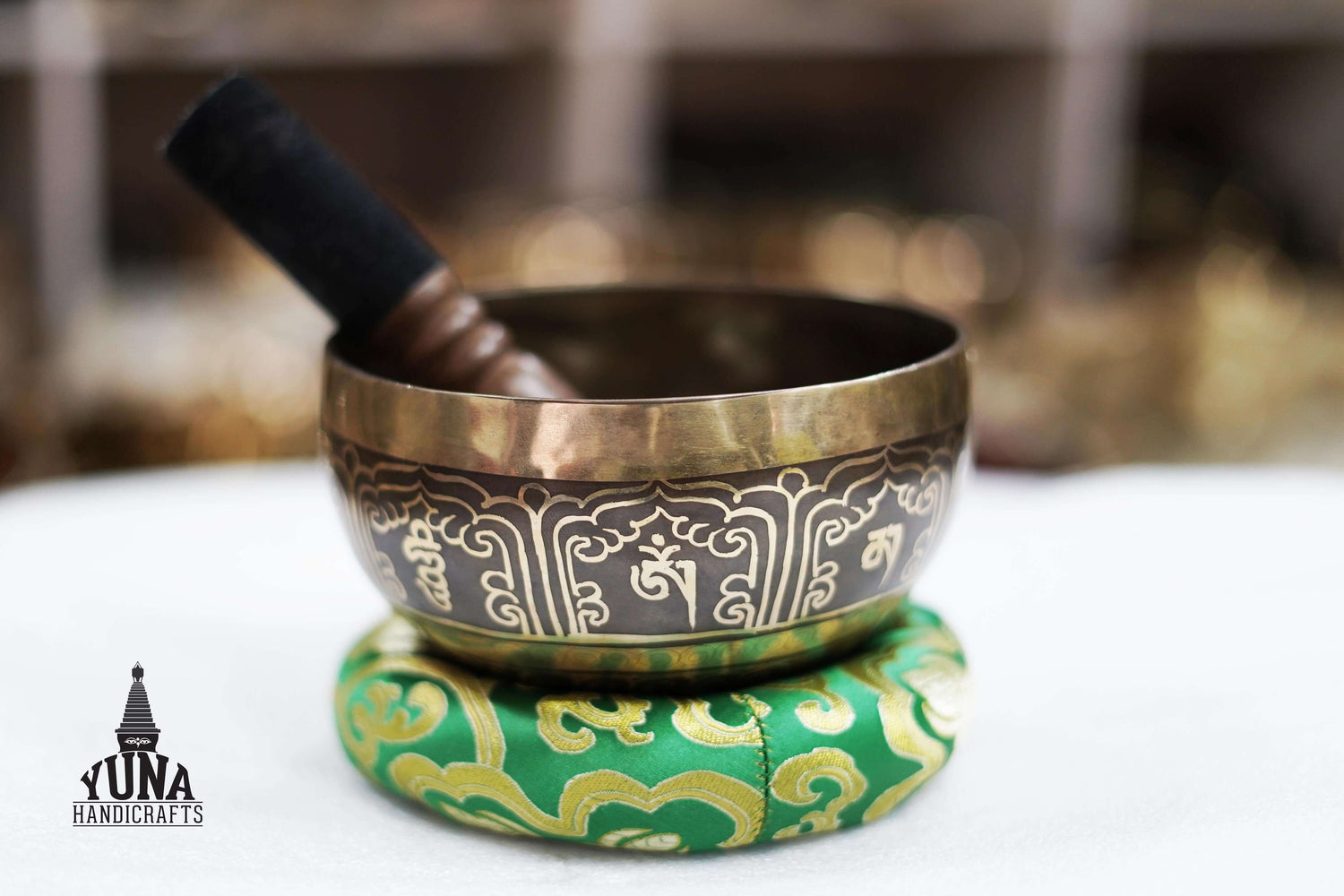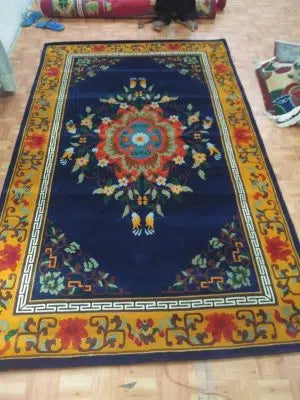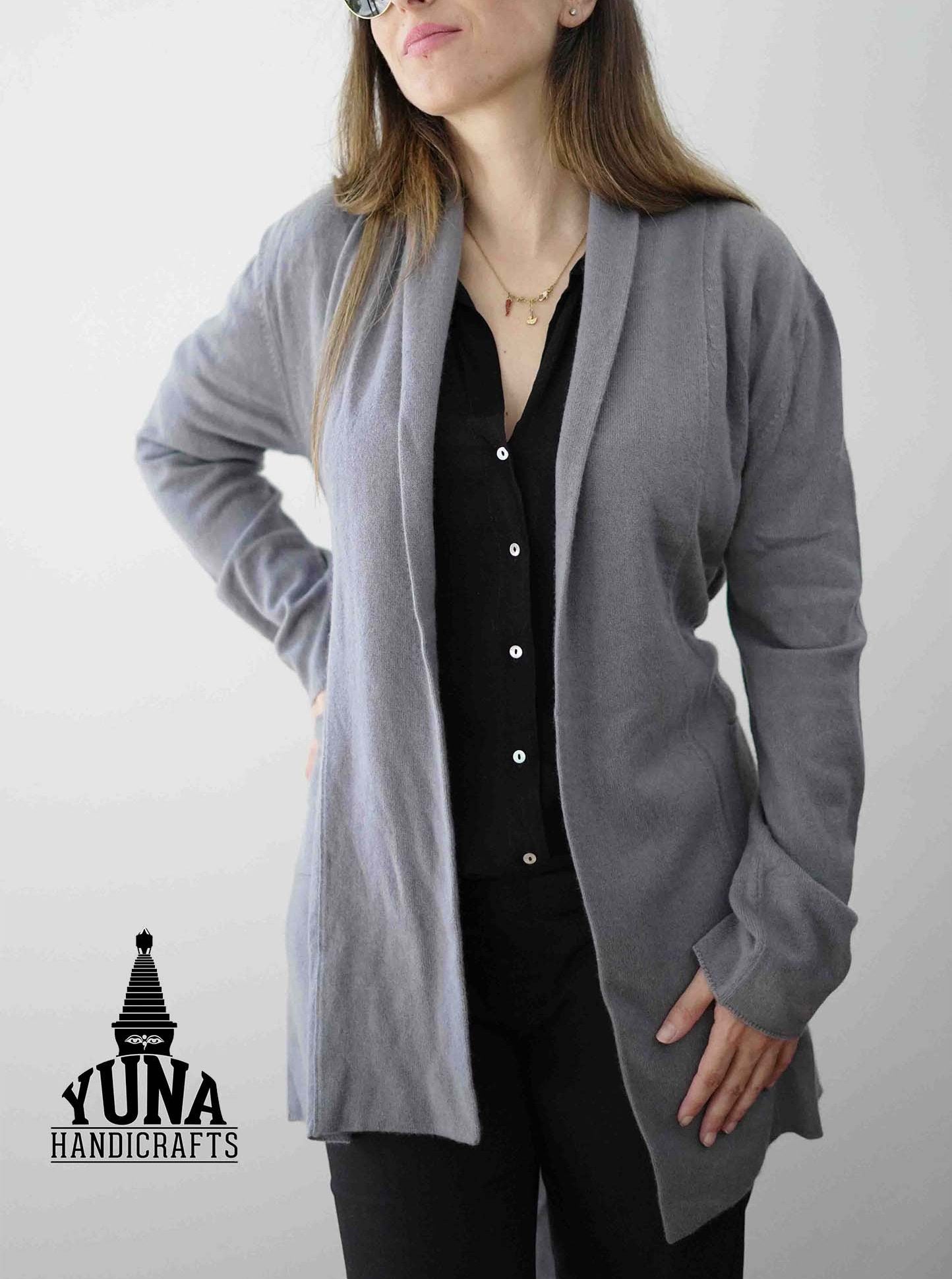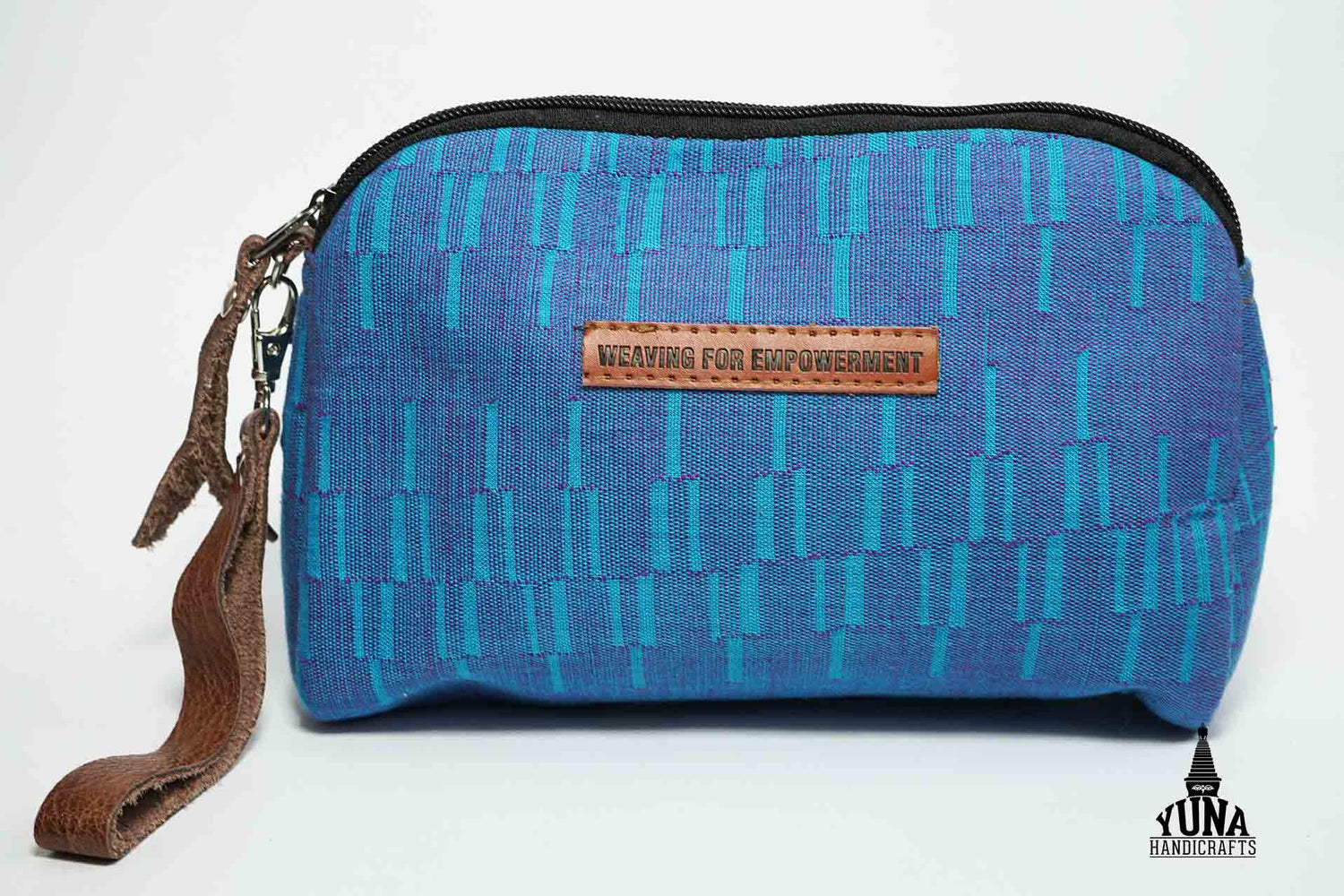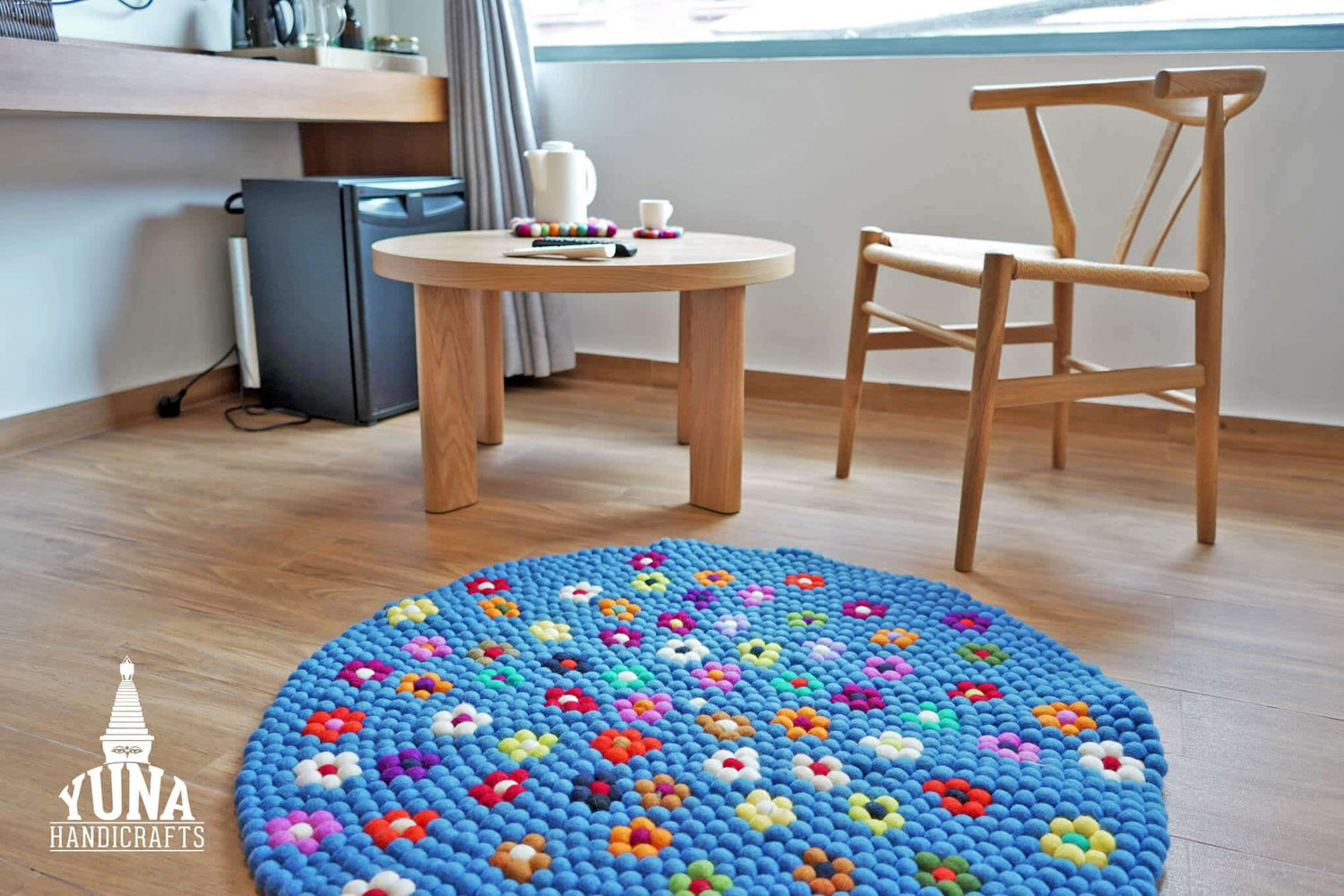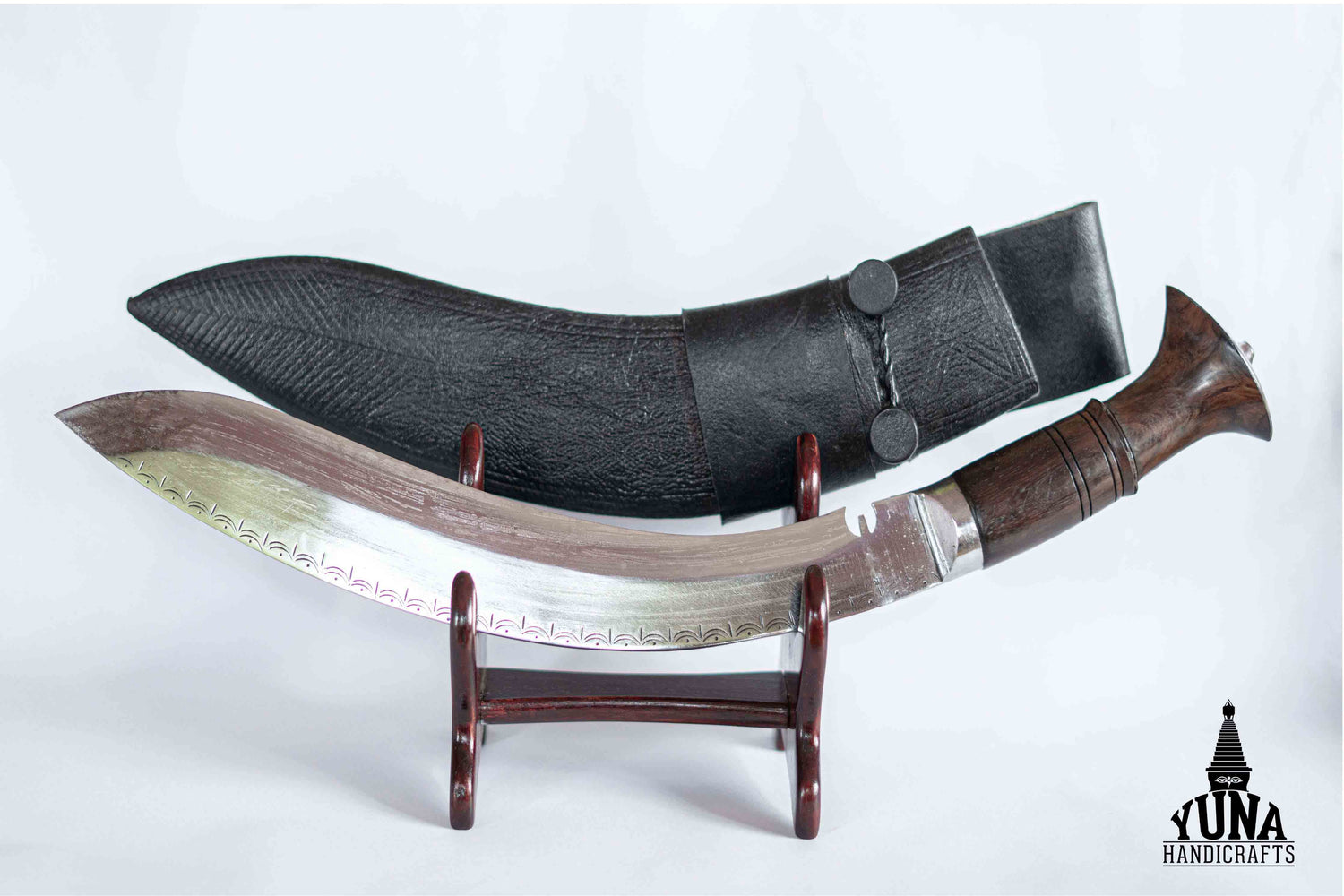
A Brief History of Handicrafts in Nepal
A Brief History of the Handicraft Industry in Nepal
Handicrafts in Nepal began during the 5th century. Since then, it has been an inseparable part of the Nepalese culture. Some believe that their origin could be traced back to the Stone Age. However, it is hard to precisely point out the dates.
The handicrafts in Nepal complement the heritage and express the diverse culture. The Nepalese handicraft industry has its rise and falls. According to Kautilya’s Economics, Nepal was initially known for rainproof woolen blankets. The blankets were of good quality and made up of 8 pieces joined together. Later, the industry grew to a wider range of products.
The skills of Nepalese craftsmen have been recognized and appreciated by some of the famous travelers like Wanghushe and Huanseng from China in 648AD. However, industrial evolution was yet to occur.
In the 19th century, Nepal finally started promoting national industries. The country had its own measure of production and promotion. Unfortunately, near the end of the 19th century, the Nepalese arts and crafts industry took a hit due to the general liberal import policy.
In 1904, Nepal was the main route to Tibet for trade with other countries. But later, the British introduced a new route between India and Tibet through the Kali Ganga valley. That caused a downfall of Nepalese industries and trade with outsiders.
Handicrafts in Nepal can be classified into two major divisions:
Traditional Handicrafts
The conventional handicraft of Nepal reflects the cultural significance and their influence on the arts. These include metal statues, traditional silver, jewelry, wood carving, religious and ritual objects like bells, vajra, stone sculpture, metal utensils, and ceramics.
In the past, traditional handicrafts were even used by royal families to decorate their houses. Almost every house in Nepal has at least one statue of a deity.
Contemporary Handicrafts
Products such as furnishing material, floor covering, patina products, pashmina, leather, and decorative items are some of the contemporary handicrafts that are produced in Nepal. There’s a high demand for these types of products in the international market. Nepal has been exporting some of the famous local handmade products, such as pashmina and leather, for years now.
Handicrafts are a major source of income in Nepal. In the fiscal year of 2013 alone, almost 2.7 billion pashminas were exported from Nepal. Nepalese handicrafts are mostly exported to the USA, Canada, Germany, France, the UK, and Italy. Apart from pashmina, products like rugs and carpets, cotton, wool, kukri knife, and Dhaka products are equally in demand.
Handicrafts in Nepal usually reflect the fundamental culture and tradition of the country. In the past, most of the crafts were made on wooden temples and stones. Many believe that the statue of deities spreads an aura of positivity and lightens up the surroundings. Now, crafts are not limited only to wood and stone. There is a high demand for handicrafts in the interior as well as exterior decoration.
The advancement of technology has made Nepalese handicrafts products accessible to a wider range of audiences. Today, you can find several online stores that sell and deliver handicraft products across the world. At the same time, it has become a challenge for customers to identify a trustworthy handicraft source. This is why we have started Yuna Handicrafts in collaboration with the local artisans to provide you with authentic handicrafts from Nepal.
Explore our wide range of handicraft products and reach us at info@yunahandicrafts.com for further inquiries.


